Gangsterdam: How did the land of windmills and tulips become a scene of so much bloodshed?
A famous Dutch reporter is killed on the streets of Amsterdam by a notorious gangster. Niko Vorobyov investigates the background to a wave of organised crime spreading across the Netherlands

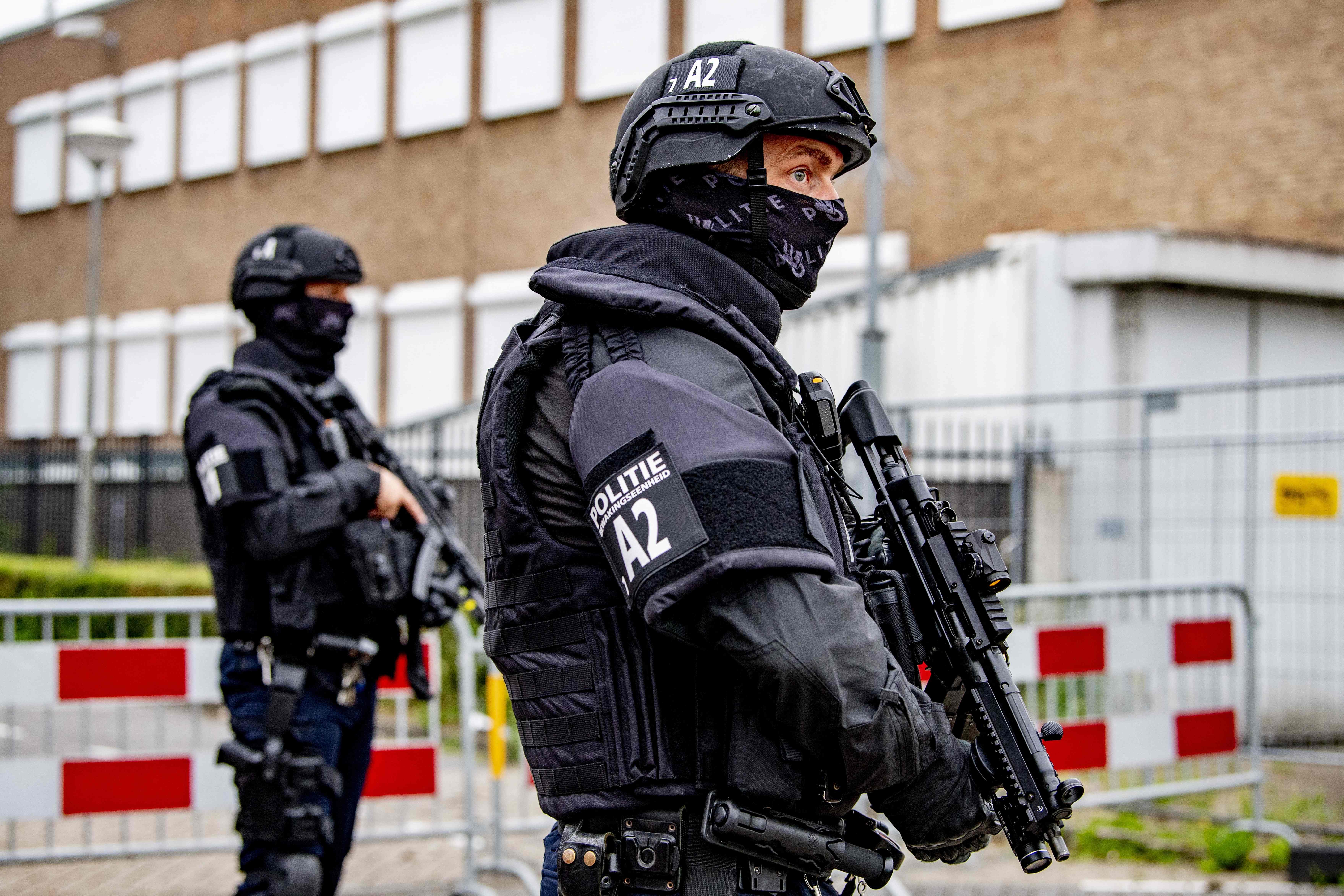
A man steps out of a fast-food joint into a hail of more than 80 bullets. A severed head is left outside a cafe; its back turned to the street as if looking in, left as a gruesome message. A van is ploughed into the offices of the country’s leading newspaper and set alight. Then a few days later an anti-tank rocket is fired into the offices of another major newspaper. A crown witness’s lawyer in a major mob trial is gunned down in front of his wife outside their home in broad daylight.
No, this isn’t the blood-drenched narco lands of Mexico or Colombia. It is Amsterdam, capital of the Netherlands, where the alleged culprits are standing trial in one of the biggest cases the country’s ever seen. Amsterdam is not a dangerous city – the biggest threat as a tourist is probably those cyclists that come out of nowhere. But this latest wave of gangland mayhem in the last several years has led to some serious soul-searching.
Earlier this month, Dutch crime reporter Peter de Vries was shot five times – including once in the head – after leaving a TV studio. He passed away a week later. Thousands of mourners gathered outside the Royal Carré Theatre, where his body was being held, to pay their last respects. De Vries was serving as an adviser to the crown witness in the case against the country’s most notorious crime boss, Ridouan Taghi.
“It was a huge loss,” says Dutch war photographer and anthropologist Teun Voeten, who investigates Mexican narco cartels and drug syndicates back home. “He was a unique figure: the most prolific crime reporter in the Netherlands, and a champion of justice. There hasn’t been an outpouring of grief in Holland on this scale. But by becoming a consultant for the key witness in the Marengo trial he was no longer a neutral observer, and that’s probably what got him killed.”
Prosecutors say Taghi left a trail of corpses in his wake. Arrested two years ago in Dubai, along with 16 others, he’s facing a litany of murder charges in the “Marengo” process – one of the largest trials in Dutch history. He is also accused of ordering the killing of ex-convict-turned-crime blogger Martin Kok. Taghi isn’t charged with but is suspected of ordering the attacks on the Telegraaf and Panorama newspapers; the assassination of crown witness Nabil Bakkali’s innocent brother, Reduan, in 2018; and Nabil’s lawyer Derk Wiersum in 2019.

How did the land of windmills and tulips become a scene of so much bloodshed?
While it’s been a godsend to Amsterdam’s tourism industry (c’mon, as if you went there to see the Anne Frank museum), cannabis is not legal in the Netherlands: it’s merely tolerated. It’s been like that since the Seventies when the Dutch decided it was better to steer kids away from pushers peddling smack and pills, and let them smoke at designated coffeeshops instead. Since the coffeeshops aren’t technically allowed to stock up on their famous goods, they turned to entrepreneurs like Steve Brown. American-born Brown is a retired hash kingpin who used a chain of coffeeshops, the Happy Family, as a front for his operation – and the Rif mountains of northern Morocco was one of his key sources.
“In the Eighties I went to Tangiers and Tétouan and stayed over in the mountains to test the quality of the hash,” he said. “One of my contacts at that time was the right-hand-man of King Hassan. He had his own village, with his own harbour. He was probably the biggest dealer in Africa at the time, maybe in Europe.
“We imported hundreds and hundreds of kilos monthly. In the Seventies, Eighties, Nineties, it was not as difficult as now. We took it by lorry, private car, airplane cargo, fishing boats… When you’d go pick it up from a boat that was called an open-sea job. It was always a cooperation between the Dutch and the Moroccans, and we split the costs with them 50-50.”
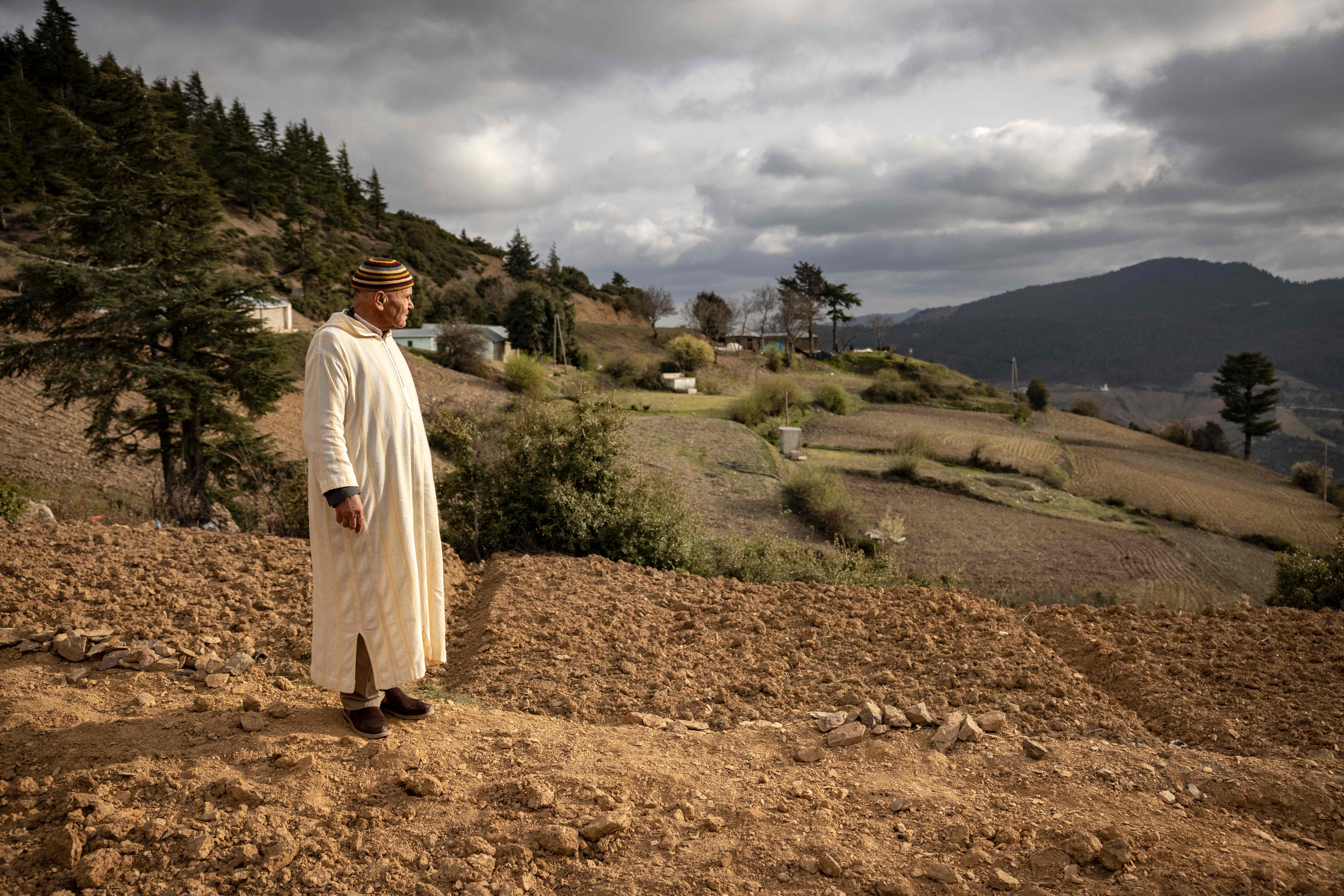
In the 1960s, Moroccans started arriving in the Netherlands and Belgium as gastarbeiders (guest workers), with a large number from the impoverished Rif area. Many were treated “like cattle” and with no attempts to integrate them, they were moved to boarding houses or ghettos. Alienation breeds crime, and out of that came a class of Moroccan entrepreneurs who specialised in importing certain delicacies from back home – and we are not talking about couscous.
“Drugs have been a part of my life since I was young,” says Khalil*, a young Amsterdam dealer. “Where my family’s from, the Rif in northern Morocco, is where we have the massive hash plantations. It’s what we do. My family all know what I do. I can have cocaine in the living room and it’s not a problem.”
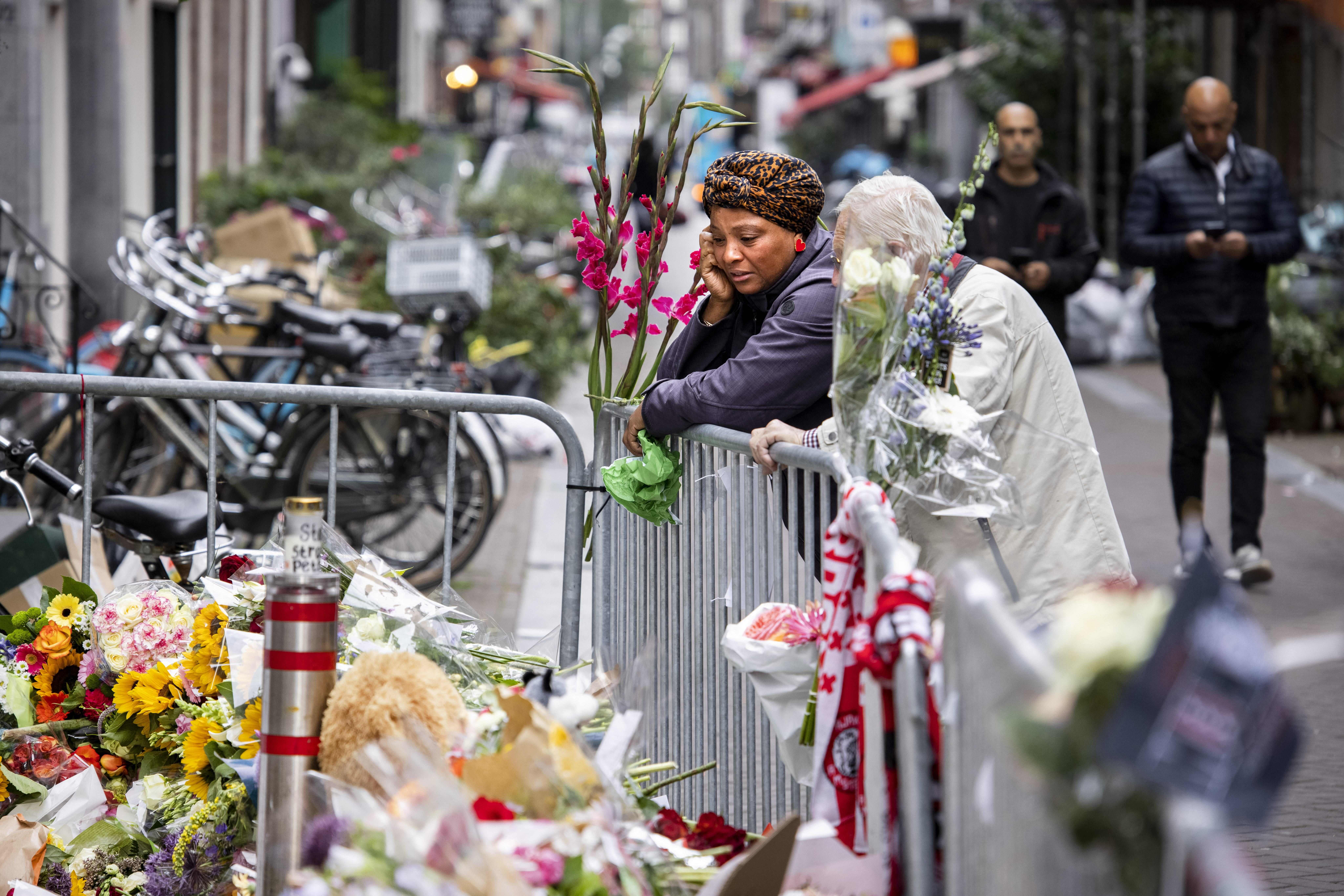
In the Seventies and Eighties the Dutch underworld was ruled by local thugs known as penoze; men like Klaas “the Preacher” Bruinsma and Willem Holleeder (the mastermind behind Freddy Heineken’s kidnapping). Those decades also saw the arrival of immigrant mobs: the triads and Singaporean Ah Kong syndicate shipped heroin from the Golden Triangle into Chinatown; and a crew of ruthless Serbian mobsters (the Yugos), led by Sreten Jocić, aka “Jotsa Amsterdam”. In 1990 the Yugos quarrelled with the penoze over a lost drug shipment, and Bruinsma was whacked by a crooked cop-turned-hitman on behalf of the Serbs.
“Yes, I remember Jotsa, he was one of my good friends!” Brown smiles. “He went to my house, and I used to see him almost every day. They called him the King of Amsterdam. He used to walk around with all the big no-necked Serbians; those other guys such as Klaas Bruinsma used to s*** their pants at the sight of his crew!”
In the early 2000s a new gang grew out of the old Moroccan networks from the coffeeshop days: the Mocro-Maffia (Moroccan mafia), which hailed from the streets of Diamantbuurt (the Diamond Neighbourhood), Amsterdam South – and the crew wasn’t even exclusively Moroccan. Gwenette Martha, an Afro-Curaçaoan from the West Indies, grew up playing football with Dutch-Moroccan boys such as Benaouf Addaoui, who became his partner-in-crime.
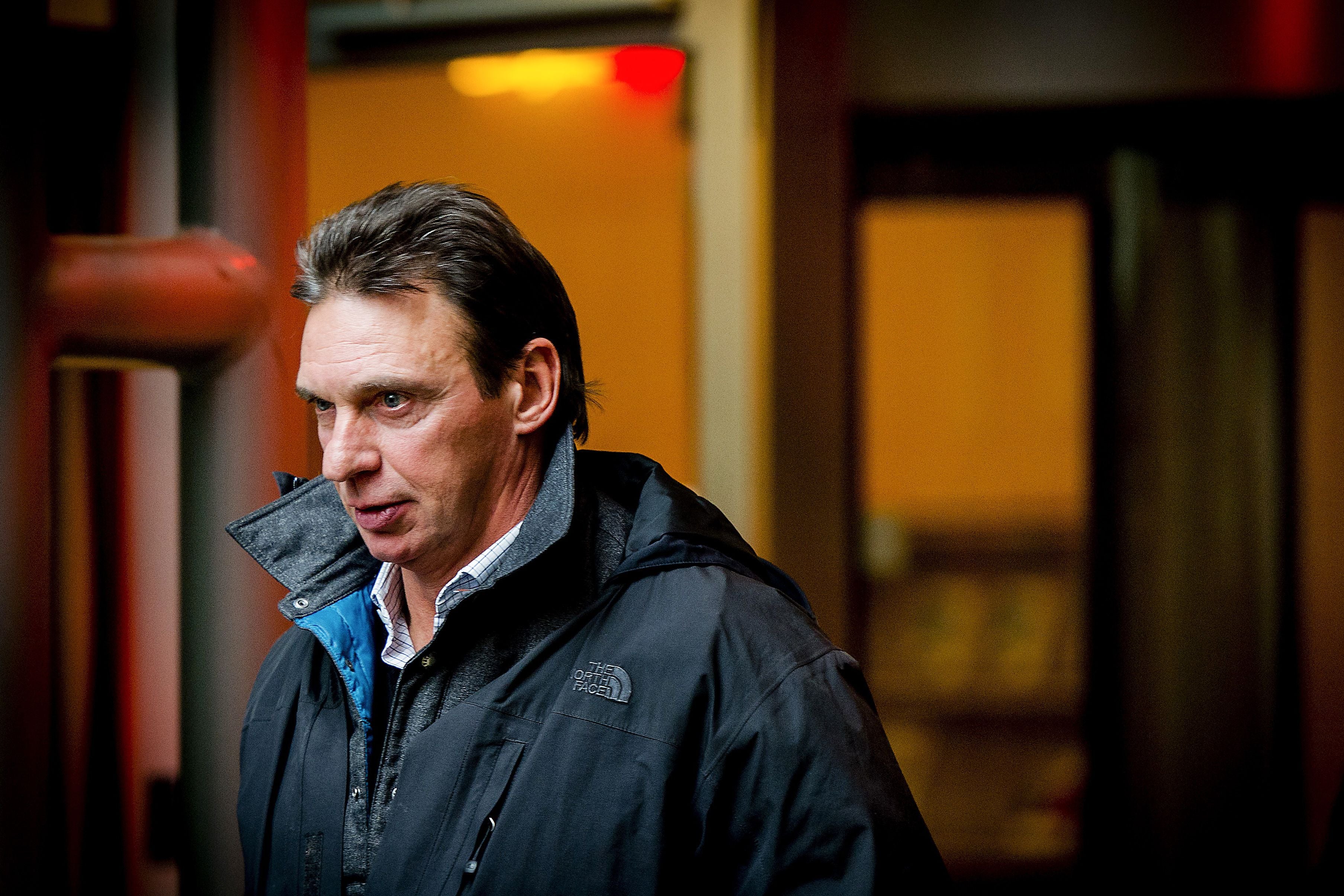
“Since the 2010s, you could say that a lot of law enforcement and media attention is focused on the Mocro-Maffia, a term coined by journalists and not necessarily a good fit, I would argue,” says Dr Robby Roks, a Dutch criminologist in contact with one of the defendants in the Taghi case. “Firstly, because not all the individuals are Moroccans. It’s rather a mixture of family-based relations and ties that have emerged from growing up in the same neighbourhood.”
Still, the name stuck. Martha and Benaouf wanted to diversify their portfolio from hash to cocaine, and teamed up with a local Moroccan outfit called the Turtles to move operations to Antwerp, in the Flemish part of Belgium.
Some of the shootings were in broad daylight, close to schools, and a few times the wrong people were killed. The hitmen are getting younger and are much less experienced
“More and more criminal organisations got involved in the cocaine business over the years,” explains the administrator-general of Belgian Customs, Kristian Vanderwaeren. “A decade ago, the Mocro-Maffia began using the ports of Antwerp and Rotterdam extensively. Other types of mafia were also present, eg the Italian ’Ndrangheta. At first, the organisations in Antwerp were specialised in logistics, transport and warehousing.”
The port of Antwerp covers an area of 120 sq km, the second-biggest in Europe, and lies smack in the middle of a densely populated area, making it hard to monitor. Cocaine passes through Antwerp using the “rip-on/rip-off” method (also known as “piggybacking”), where you hide the drugs in a legitimate cargo container then reopen it at your destination before anyone’s the wiser. The drugs are often hidden in boxes of bananas, which must be processed quickly or they’ll lose their tantalising yellowness. Computers flag suspicious shipments to be scanned from South America, but with millions of containers coming in each year and the port being designed to move them as fast as possible, only a pitiful one per cent are scanned. State-of-the-art technology makes it trickier for unauthorised persons to wander the docks, but those determined to will find a way in.
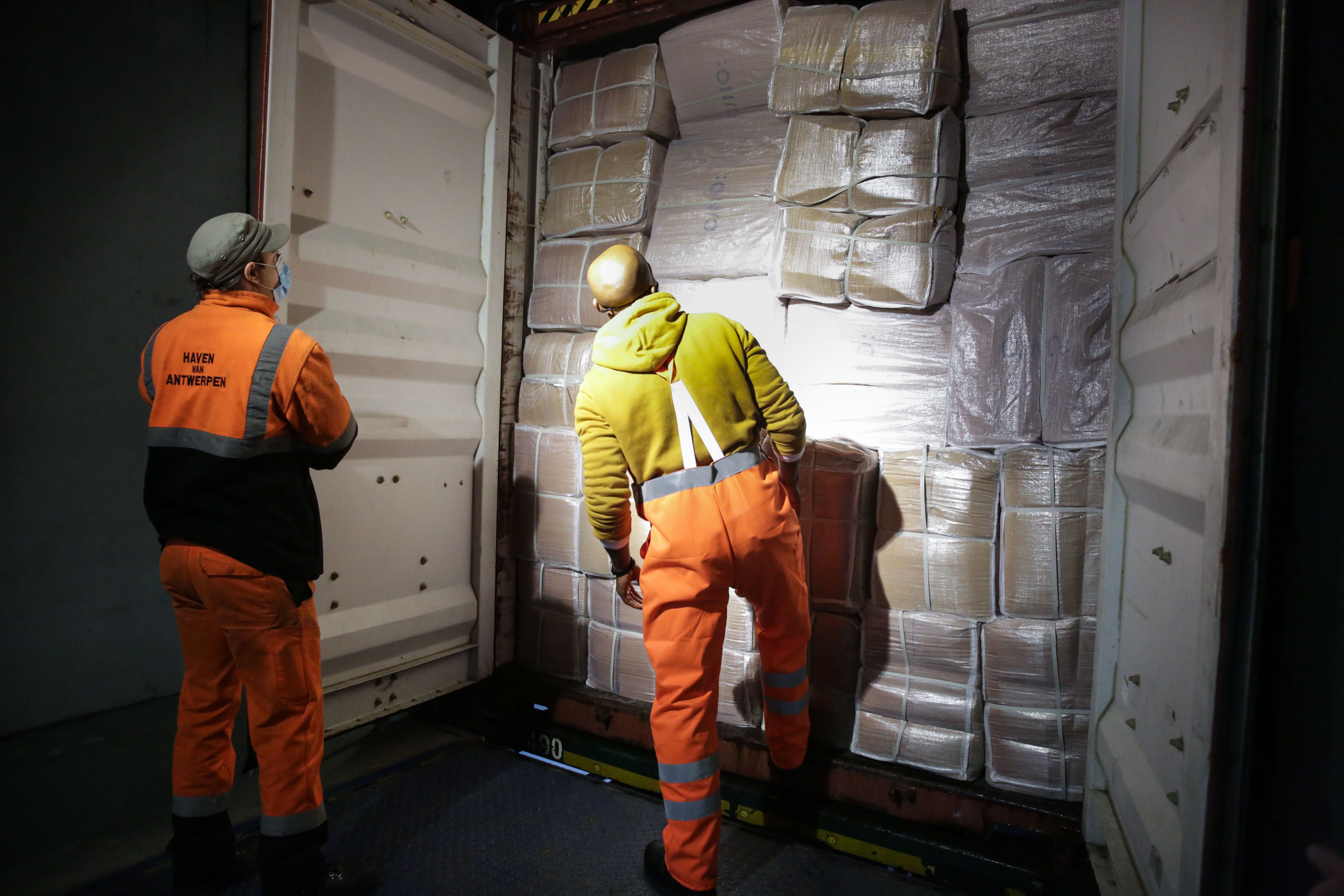
“An unintended consequence is that people who work in the harbour, for private or government companies, are targeted by criminal groups,” says Robby Roks. “We see port employees being paid for their access passes, information about the whereabouts of containers, or even for more active involvement like taking cocaine out of the containers. Law enforcement also talks about a rise in the intimidation of port employees, who are being followed to their homes while wearing company clothing.”
From Antwerp, the white stuff is then taken to the Netherlands to be cut for distribution across Europe. But when a 200-kilo coke bust didn’t make the evening news in 2012, the Turtles grabbed the opportunity by the nether regions. That wasn’t the whole of the shipment, but figuring everyone else must have thought so, they took the rest and sold it themselves, cruising through the city in flashy sports cars. Selling at €20 a gram, there was now so much white powder on the streets of Antwerp even the pigeons were getting high.
And that sparked a gang war Amsterdam hadn’t seen since the Yugo days.
Martha’s partner, Benaouf Addaoui, reportedly held him responsible for the loss, so clearly painting the town with his brains was the only reasonable course of action. Bullets went flying over the canals. In 2014, Martha was peppered with lead as he left a kebab shop. He’d been shot more than 80 times. Later, a 30-year-old customer services manager, Stefan Eggermont, was killed in a spray of automatic gunfire outside his house in a case of mistaken identity. In 2016, a severed head was left outside a shisha bar, not far from the popular Vondelpark, as a message from Martha’s faction. A day before, the victim’s headless body had been found left in a burning car, a stolen Volkswagen, in southeast Amsterdam.
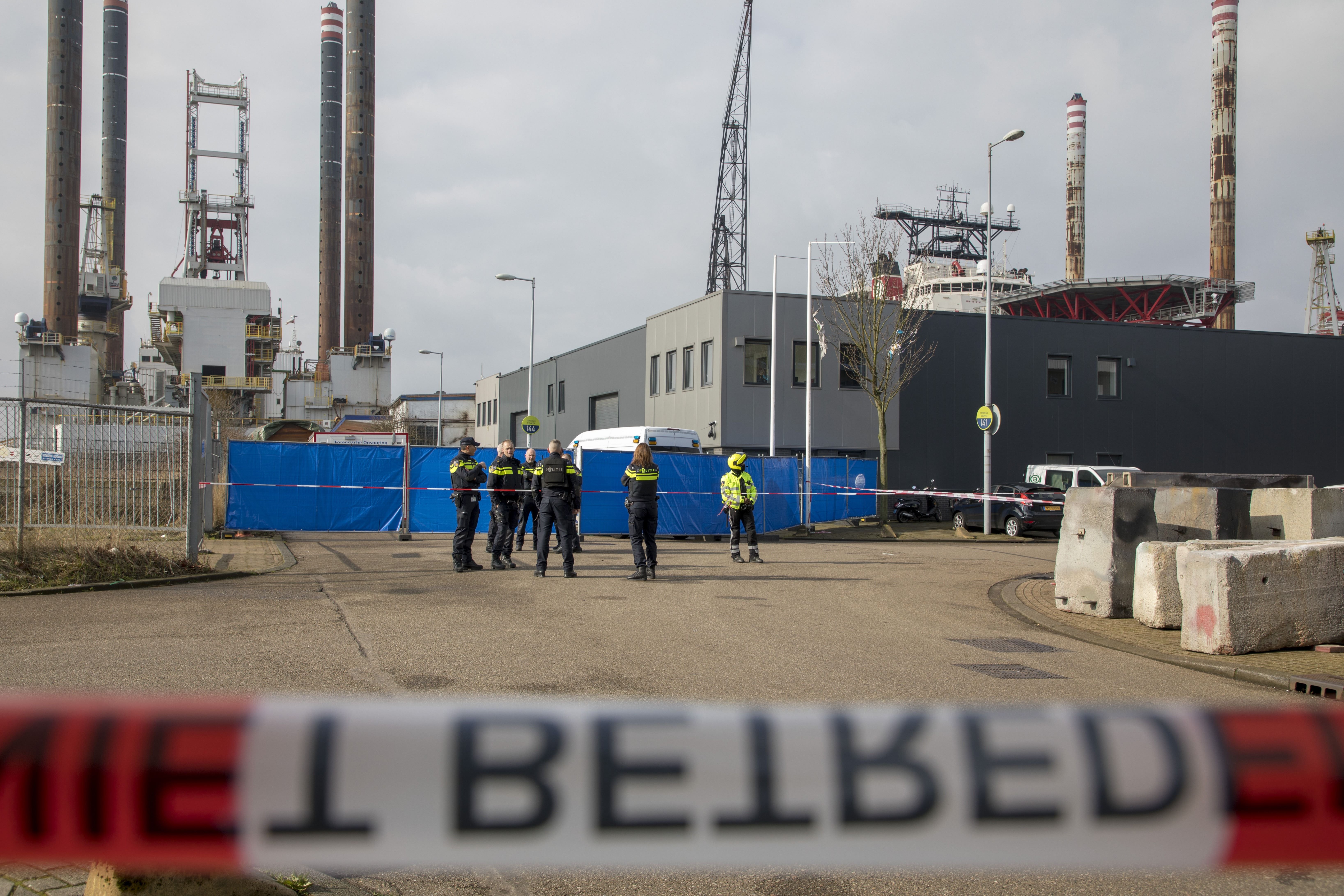
By 2018, at least 30 deaths were linked to the war across Antwerp, Amsterdam, Morocco and even as far away as Panama. Between severed heads rolling down the street and bullets raining like confetti, a report from the Dutch police union cried that the Netherlands was becoming a “narco state”.
“The use of violence is framed as something much more worrisome than the conflicts between the Dutch penoze,” explains Roks. “We do not necessarily see an increase in the amount of violence, but in the type of violence used by organised crime. Some of the shootings were in broad daylight, close to schools, and a few times the wrong people were killed. The hitmen are getting younger and are much less experienced. The homegrown hitman seems to have replaced the professional Yugoslav hitmen who were flown in.”
In 2016 a member of Martha’s gang, Naoufal “the Belly” Fassih, was caught hiding in a safe house belonging to the powerful Kinahan crime family in Dublin. Among his many digressions, Naoufal is suspected to be behind the shooting of Benaouf’s ally, Samir “Scarface” Bouyakhrichan, at a cafe near Marbella, in Spain.
“Naoufal once shot a guy in the leg,” one gangster said. “He went to prison, came out, and shot the guy in the leg again. To call him crazy is putting it mildly.”

But the killing spree wasn’t limited to the fallout from the Antwerp cocaine heist. Fassih is now serving a life sentence for arranging the murder of 56-year-old electrician Ali Motamed, who was shot dead outside his home in Amsterdam in 2015; a hit that may have been carried out at the behest of the Iranian secret service, which regarded Ali as a terrorist for planting a bomb that killed dozens of officials. The prosecution claimed Fassih bagged €130,000 for arranging the hit, while the two assassins were paid a meagre €10,000 each.
Dublin-based Thejournal.ie claims Fassih’s bills were paid by Richard Eduardo Riquelme Vega, a cocaine trafficker said to be a major supplier to the Kinahan clan. Riquelme, also known as “Rico the Chilean” and “the most dangerous Chilean in the world”, was arrested at a Santiago hotel in 2017 and flown to the Netherlands, where he was sentenced to 11 years this June. According to decrypted messages unveiled in a Dutch court, Rico and Naoufal answered to another figure – Ridouan Taghi.
While Taghi doesn’t seem to have played a huge role in the gang war over the missing drugs, he was allegedly a major player in his own right, using Morocco as a layover country: coke landing in West Africa is taken across the Sahara and carried by speedboats to Spanish shores, or hidden in containers to European ports. According to port officials in Antwerp, this is because customs became more effective at screening containers from South America.
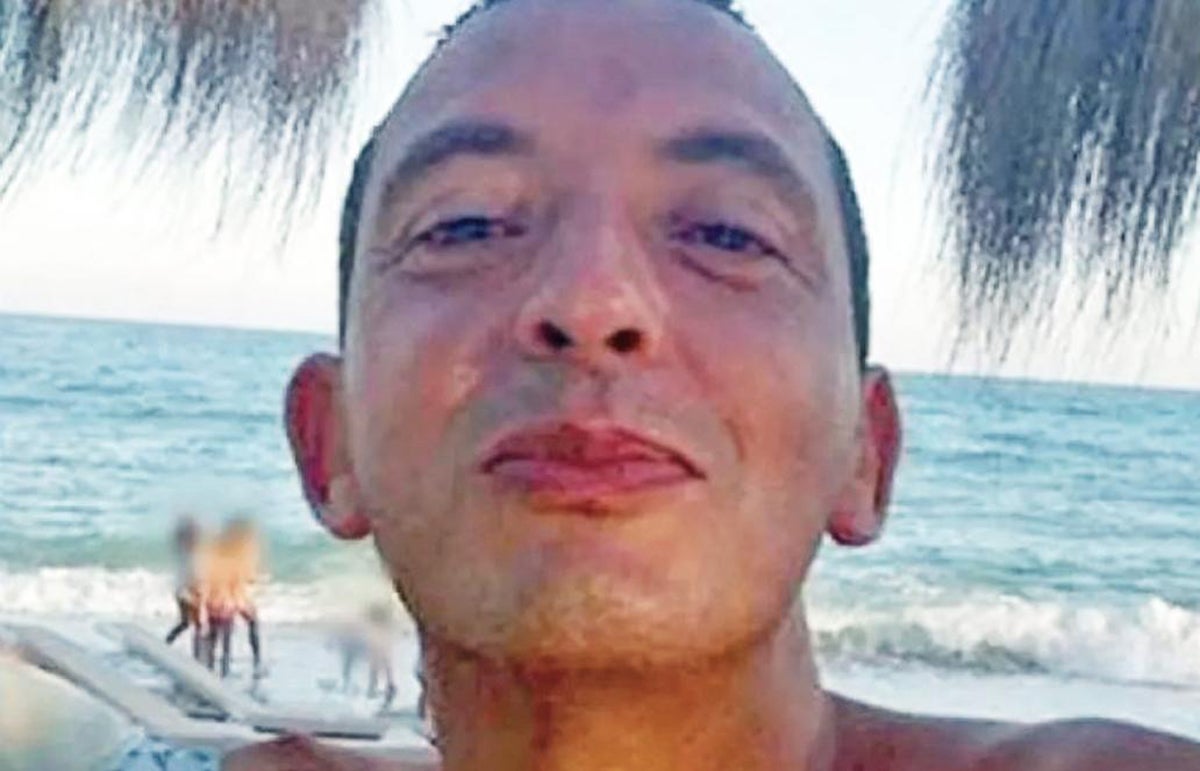
“Different kind of measures were put in place, for example surveillance of suspicious containers, risk analysis, joint police-customs initiatives and information exchange with South American partners,” Vanderwaeren explains. “Due to our success, the drug routes have already shifted and there’s been less direct shipments of cocaine from Colombia, but rather transshipments via maritime hubs in Brazil, Costa Rica, Ecuador and Morocco.”
According to a DEA report seen by the Dutch newspaper AD, Taghi may have teamed up with the Kinahan clan, the Italian Camorra mafia of Naples, and the Balkan drug dealers to form a kind of “super-cartel” controlling a huge chunk of cocaine coming into Europe. Among the guests spotted at alleged gangster Daniel Kinahan’s wedding at the luxurious Burj Al Arab hotel in Dubai was Italian fugitive Raffaele Imperiale. Imperiale is associated with the Secessionist wing of the Camorra, which broke off from the Di Lauro clan in the mid-2000s in the vicious tit-for-tat feud that inspired the bleak crime drama Gomorrah: at one point, mobsters cut off a rival’s head and kicked it around like a football.
Investigators finally caught a break in 2018, when Nabil Bakkali admitted planning several murders for Taghi and started spilling the beans on his boss. A week later, his brother Reduan was gunned down at his office. In September 2019, it was his lawyer Derk Wiersum’s turn. The Marengo process against Taghi and his henchmen concerns nine murders between 2015 and 2017. With the deaths of Reduan, Wiersum and now De Vries, there are now a dozen killings surrounding the trial, which is being held in a special fortified courthouse patrolled by armed police and helicopters.
On trial with Taghi is Saïd Razzouki, accused of being his right-hand man, who was caught hiding out in Colombia last year where he’d been living near Medellin, reportedly under the protection of the Gulf Clan narco-paramilitary group. Razzouki tried to jump from a third-storey window when police surrounded his apartment. Fassih and El Rico have already been sentenced in other trials and are not part of the Marengo process.
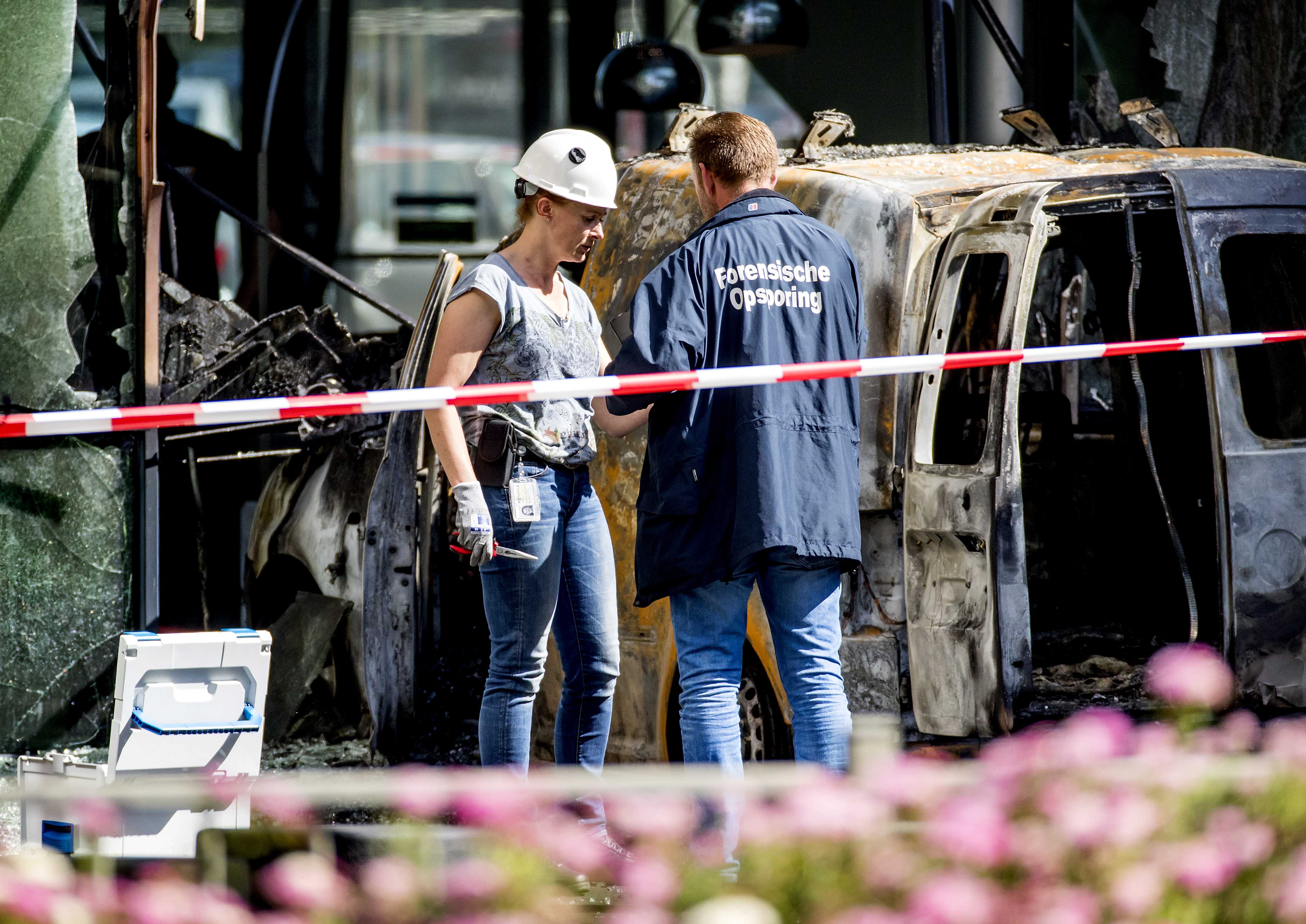
The situation echoes Italy in the early 1990s and the “maxi trial” against the Sicilian mafia, in which hundreds of mobsters were tried in a specially built bunker based on the evidence of Tommaso Buscetta, a drug lord-turned witness. During and after the trial, several judges, magistrates and Buscetta’s relatives were killed in an attempt to intimidate the court into backing down. In 1992, Giovanni Falcone and Paolo Borsellino, the two prosecutors overseeing the trial, were assassinated by car bombs along with their bodyguards. But rather than bringing Italy to its knees, the murders brought such a strong reaction that the Cosa Nostra is now a shadow of its former self.
That terrible Moroccan mafia, the poison of Dutch society, controls everything from Dubai to South America and Spain. People wonder: do we still have a constitutional state in the Netherlands, or do we have a narco state?
“If it turns out that Taghi, or people affiliated to his organisation are responsible [for the killing of De Vries], then it raises some really important questions,” said Roks. “For Taghi, it has already ended badly in some respects. He is in the high-security prison, and I think it’s safe to assume that the public prosecutors will go for a life sentence. Although we cannot be sure, I do not think this was an act of desperation. Looking at the other murders surrounding this case – if we assume that this murder also has something to do with the Marengo process – it seems to be a massive power play, directed at anyone who has any involvement with the crown witness. That they also target the state might indicate these individuals feel untouchable and, to a certain extent, they might be getting away with it.”
With all this going on, you’d be forgiven for thinking the Netherlands is under siege from sinister foreign mafiosi.
“I wonder whether the government is still the authority in the Netherlands,” asked far-right politician Geert Wilders in parliament shortly after Wiersum’s murder. "That terrible Moroccan mafia, the poison of Dutch society, controls everything from Dubai to South America and Spain. Are you still in charge? People wonder: do we still have a constitutional state in the Netherlands, or do we have a narco state?”

Xenophobic rhetoric and waging a war on drugs risks alienating the minority youth further from the mainstream of Dutch society.
“For serious cases involving hardened criminals, I think being tough on crime is an important message to send,” explains Roks. “But yesterday, I spoke to one of the suspects who is facing life in a high-profile case because of his alleged involvement in organising several murders for Taghi, and he pointed out that tough reactions by law enforcement only widens the distance between the government and certain groups in society. He wasn’t necessarily speaking about his own case, by the way, but reflected on what he saw on a street level.
“Even before the media attention on Taghi, Moroccans were the ‘other’ in the Netherlands. So, although I don’t think repression is the answer, I cannot see an alternative course of action by the government. However, I think we should also improve our preventative methods and focus on youngsters growing up in the Netherlands. And the latter is getting way less attention nowadays, unfortunately.”
Studies have shown that once a kingpin is captured or killed, violent crime gets worse as crew members wrestle for the top spot, as is happening on a large scale in Mexico. Could the same happen in the Netherlands?
“Theoretically, a similar thing could happen here,” says Roks. “However, we have to take the Dutch OC [organised crime] culture into account. You could argue that the Mocro-Maffia filled the void once the Dutch mobsters like Willem Holleeder were arrested. Taghi did not have to fight for the top spot, since a lot of law enforcement attention was geared at Holleeder. You could say that the violence started once he was [already] ‘on top’, not on the road to the top.”
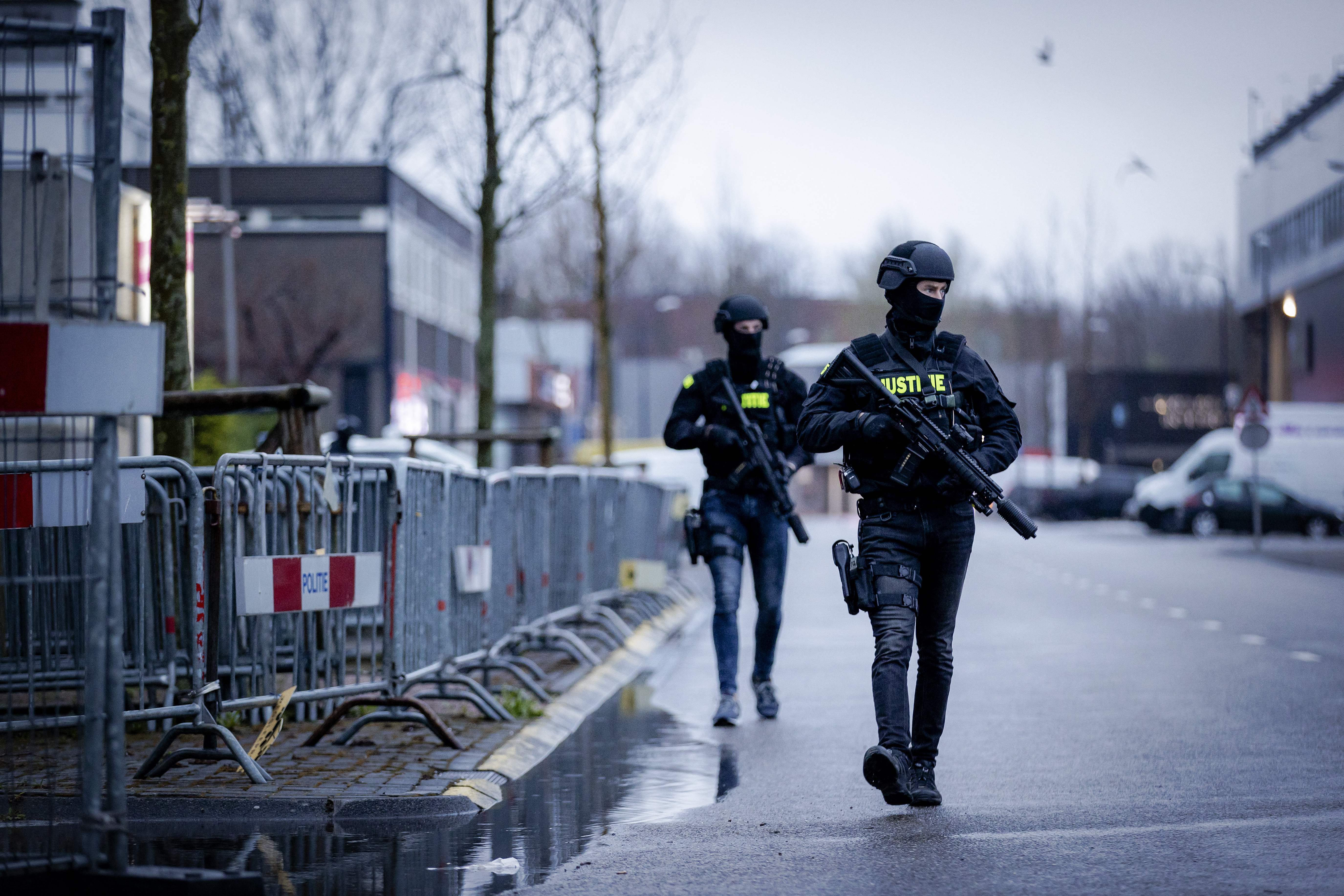
“So, in short, I’m not really sure. The Mocro-Maffia stirred up so much attention from law enforcement,” he continues, “because of the violence, that keeping a low profile would be a good way to go. Excessive violence might be considered bad for business, as is shown in the Taghi case.”
But even if one gang’s inclinations towards beheadings, together with xenophobia, makes them more of a target, they’re not the only ones moving coke. Khalil was keen to dispel the notion of stereotypes, pinning the crime wave on an exceptionally vicious drug crew.
“Look, 80 per cent of what you read in the media is wrong. The problems start when you steal something. If someone steals from your house, you’re not gonna invite him over for a cup of tea. But you understand this is very high-level stuff; hundreds of thousands of euros. And among us Mocro-Maffia there are those who work and those who steal. These guys you hear about on the news, cutting people’s heads off and s***, that’s maybe 5 per cent of us. I know a few of the guys who rip and do s*** like that, but I don’t work with them. I only do business. There’s never been a situation where I’ve had to use violence.”
So, although things may quieten down after the Marengo trial, it’s unlikely much will change in the world of drug trafficking. Just this year, German and Belgian police made Europe’s biggest ever coke bust – 23 metric tonnes of the white stuff worth billions of euros, all bound for Holland. In spite of (or perhaps because of) coronavirus, Europeans haven’t stopped buying coke. You can beat a criminal organisation, but you can’t beat the market.
*Name has been changed to protect identity
Niko Vorobyov is a government-certified (convicted) drug dealer-turned-writer and author of the book ‘Dopeworld’, about the international drug trade. You can follow him on Twitter @Lemmiwinks_III



